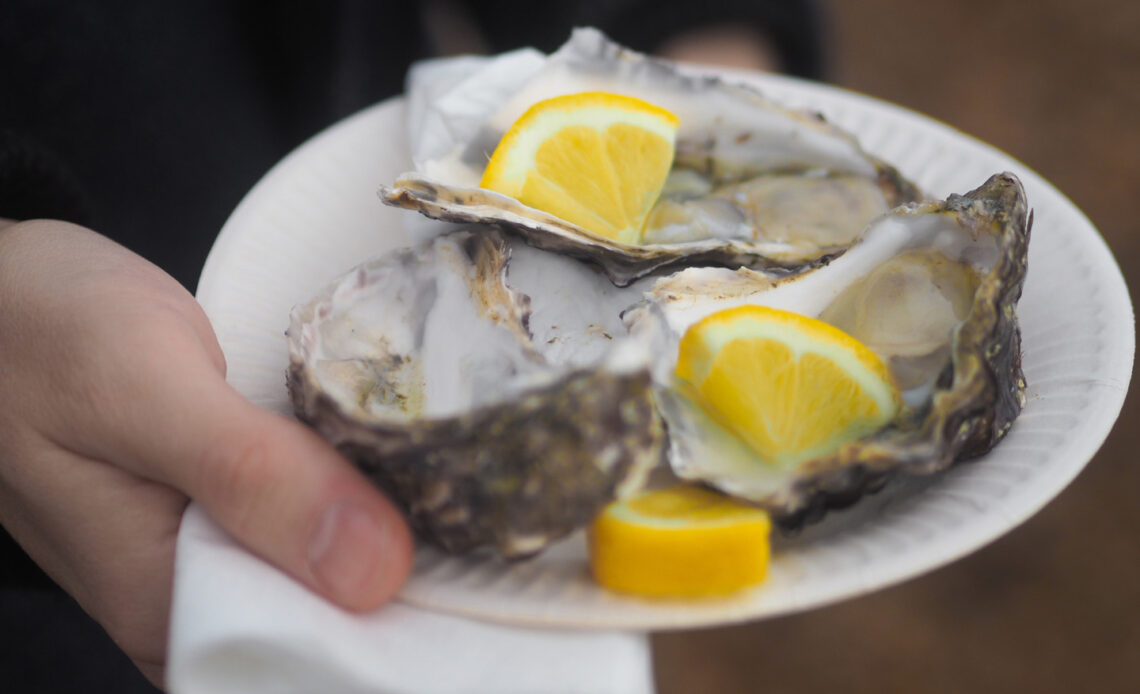
- Daily norm
- Product List
- Why is deficiency dangerous?
Iron is an essential trace element required by all living organisms. It helps synthesize collagen and serotonin, supports the functioning of the immune system and is involved in metabolic processes (1). But the main function of iron is cellular respiration. This trace element is part of hemoglobin, the protein that makes up red blood cells. It is iron that helps blood cells bind oxygen and deliver it to tissues, and then remove waste carbon dioxide from the body. By the way, it also colors the blood red.
Our body is not able to produce iron on its own. He gets it from food, so it is important to have a varied diet. There are two types of iron: heme and non-heme. The former is absorbed more efficiently (2). It can be found in meat, fish and seafood. The source of the second is plant foods. Here is a list of foods with the highest levels of both types of iron. Including them in the diet will help replenish microelement reserves.
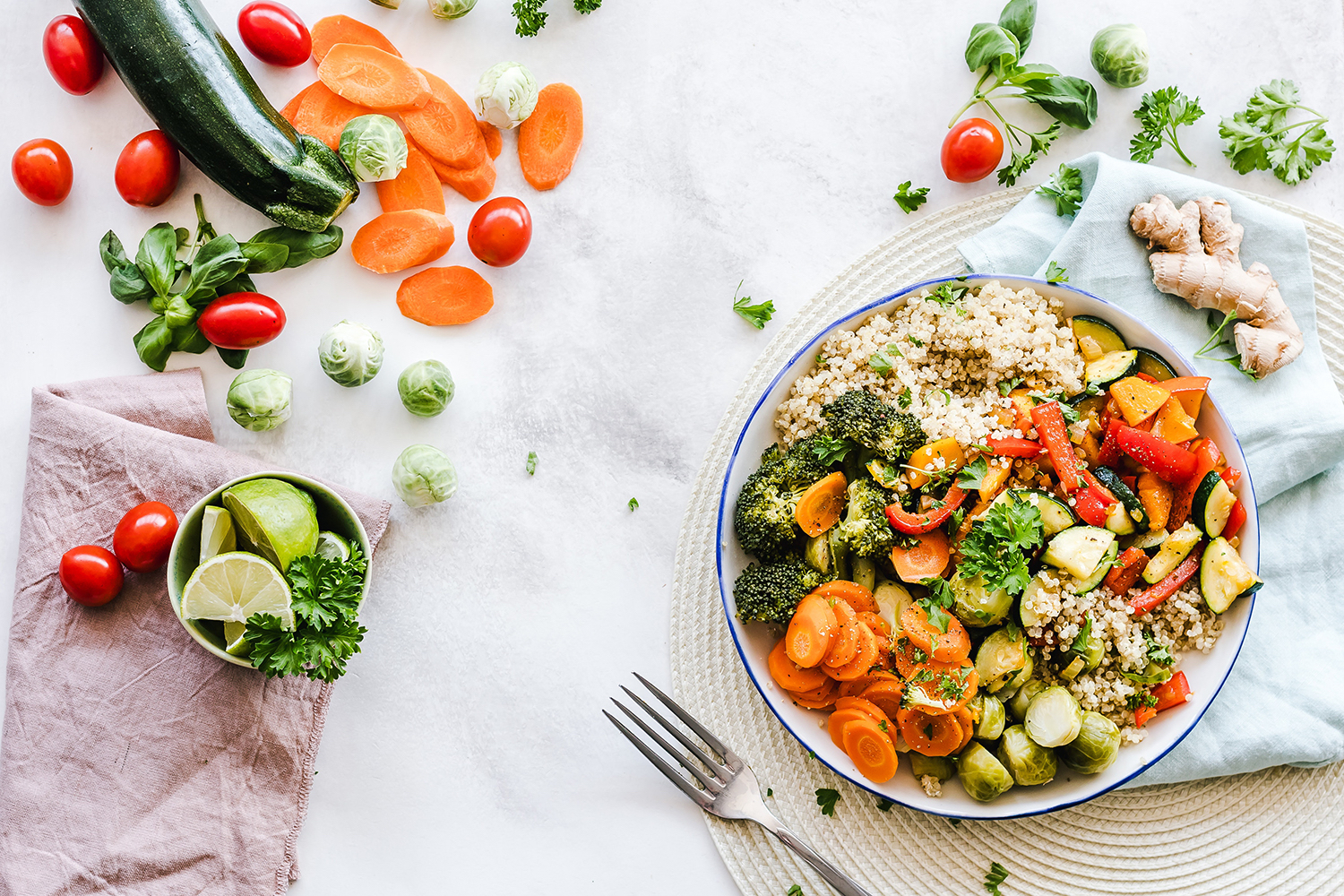
There are two types of iron: heme and non-heme. The former is absorbed more efficiently
Iron intake per day
Women aged 19–50 need iron the most. They need to receive at least 18 mg of microelement per day. During pregnancy, the need for it increases to 27 mg. Adolescents 14–18 years old also require increased iron levels: girls – 15 mg, boys – 11 mg. The average daily iron intake for adult men and older adults of both sexes is 8 mg (3). It increases significantly with intense sports, regular heavy physical activity and heavy menstruation.
Foods High in Iron
1. Shellfish
Almost all types of shellfish are rich in iron. Thus, one hundred-gram serving of oysters contains about 3 mg of iron, which is 17% of the daily requirement (4). Additionally, this amount also provides 24% of the Daily Value for Vitamin C and 4% of the Daily Value for Vitamin B12. Shellfish are also low in calories, high in protein, and increase levels of “good” cholesterol, which prevents heart disease.
2. By-products
Liver, kidneys, brain, heart, stomachs and other offal contain large amounts of iron. Although not everyone likes their taste, by-products are often superior to meat in terms of nutritional content. For example, to get 36% of your daily iron requirement and meet your daily vitamin A requirement, you only need to eat 100 grams of beef liver (5). In addition, offal is a good source of protein, copper, selenium and choline, which is important for the liver.
3. Red meat
It is the main source of easily digestible heme iron. Moreover, the darker the meat, the more of this microelement it contains. One 100-gram steamed ground beef patty contains 2.7 mg of iron. This meets the daily requirement by 15% (6). Meat is also a source of protein, zinc, selenium and B vitamins. But poultry is not so rich in iron: in 100 g of turkey its content does not exceed 0.7 mg (7).
4. Spinach
Such a rich set of nutrients as in spinach is rare. It contains folate, lutein, beta-carotene, calcium, vitamins A and E. In addition, 100 g of the product replenishes 15% of the daily iron requirement. It is non-heme, but is quite well absorbed due to the high concentration of vitamin C in spinach. Doctors advise boiling the leaves a little – this will help reduce the amount of oxalic acid, which interferes with the absorption of iron (8).
But keep in mind: 100g of fresh spinach is a big bag. It is designed for several people, and it is hardly possible to eat it at once. In addition, spinach tends to accumulate nitrates, which are often used when growing it. Buy the product from trusted farm stores or in special organic packaging. Or try growing it yourself – on the windowsill. In winter, instead of fresh spinach, you can take frozen spinach: all its beneficial properties and taste are preserved.
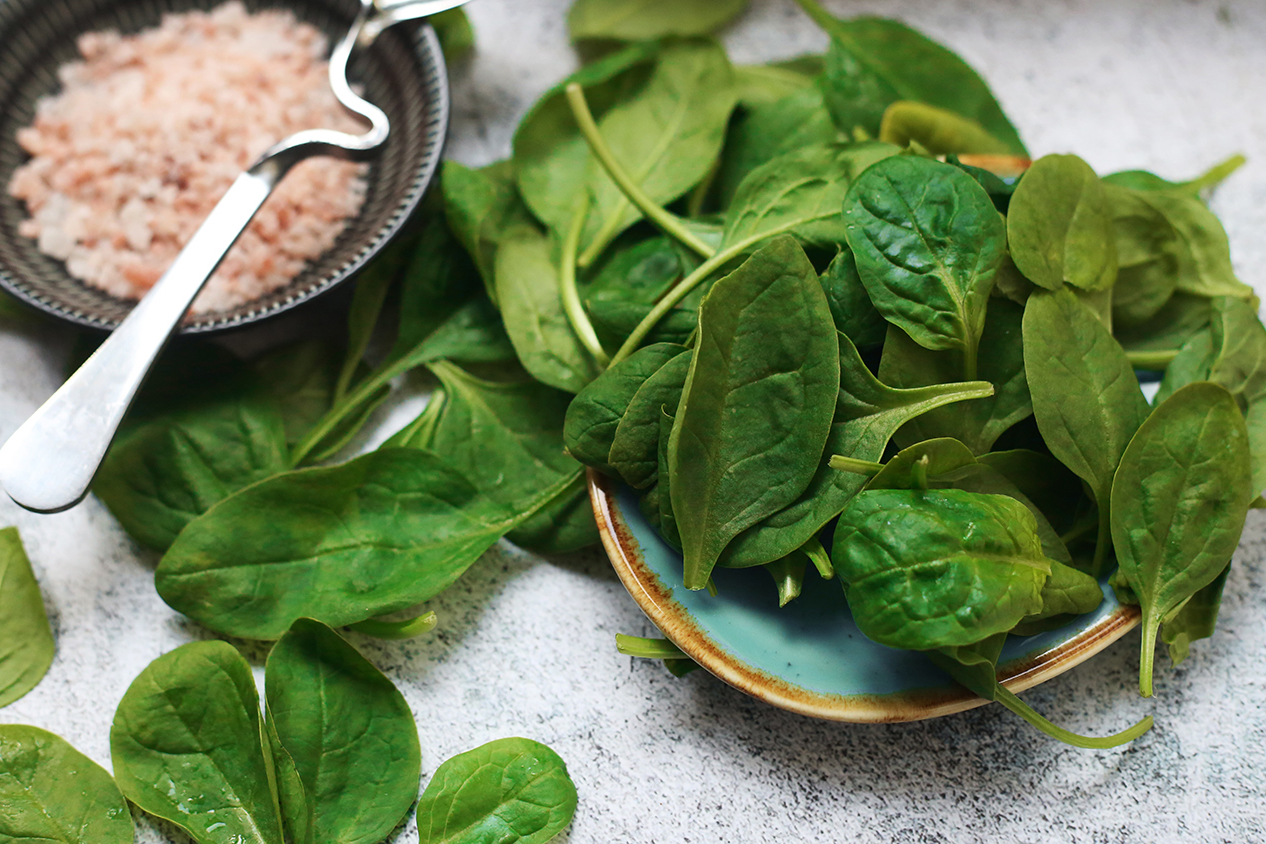
Doctors advise boiling spinach a little – this will help reduce the amount of oxalic acid, which interferes with the absorption of iron.
5. Legumes
This is a real must-have for vegetarians and vegans. Legumes are one of the best plant sources of iron. Chickpeas, peas, lentils, beans, soybeans – choose what you like. One cup of cooked lentils contains 6.6 mg of iron. This is 37% of the daily value (9). And half a glass of boiled beans is enough to fill 10% of the daily requirement for the element (10). In addition, legumes keep you feeling full for a long time and help you reduce your calorie intake (11).
6. Pumpkin seeds
Pumpkin seeds can be a snack option. 100 g of product contains 9 mg of iron, or half the daily recommended value (12). But you can’t get carried away with them. First, it can cause gastrointestinal problems. Secondly, pumpkin seeds are very nutritious. A 100-gram serving provides the body with 559 kcal. To boost your iron levels without harming your health, add a small handful of seeds to your salad, porridge or soup.
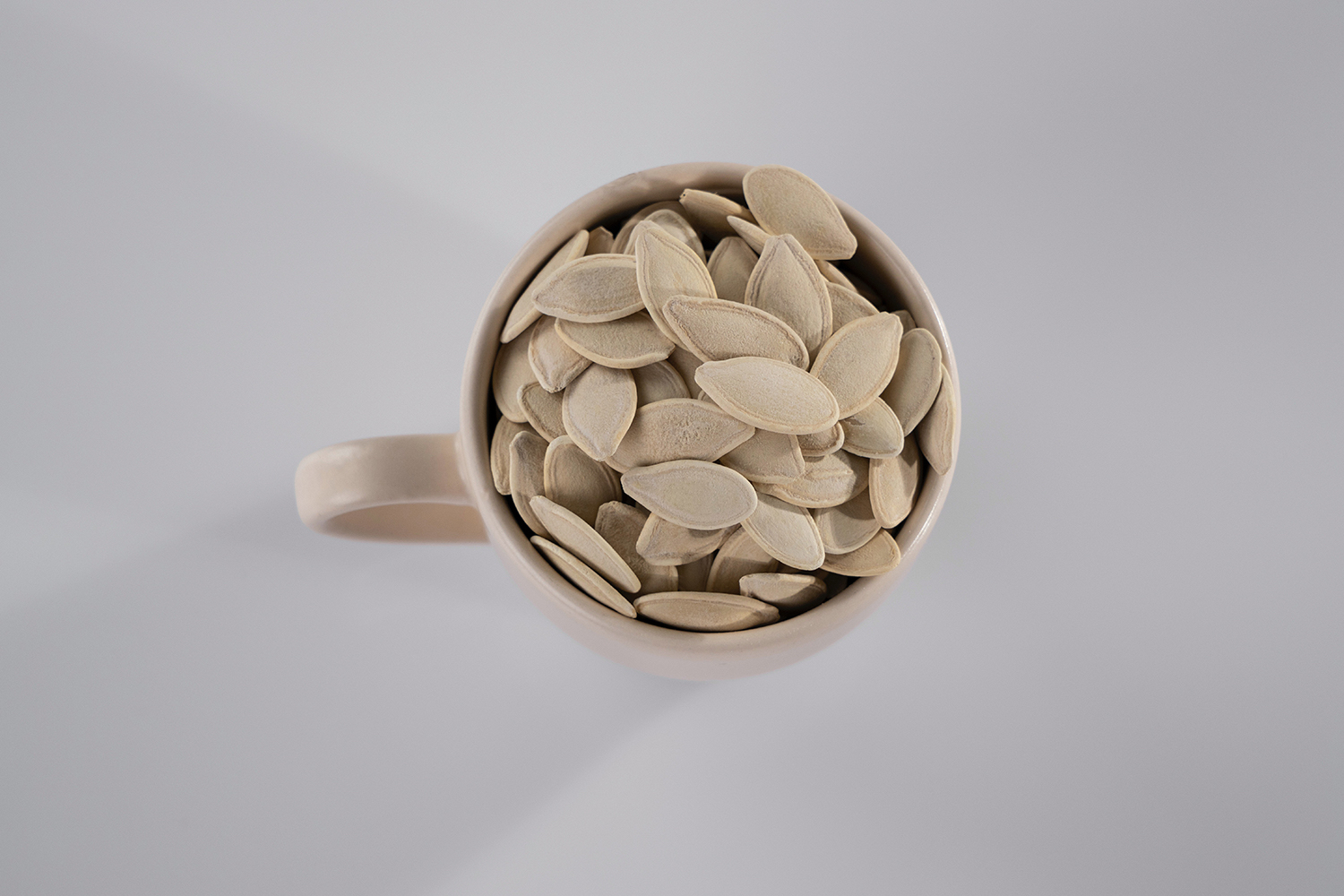
You can't get carried away with pumpkin seeds
7. Quinoa
South American grains are often used as a substitute for gluten-containing grains. Add 100g of boiled seeds to your favorite salad to provide 8% of your daily iron requirement (13). Unlike traditional grains, quinoa is high in protein, containing essential amino acids (14). Interestingly, our body perceives quinoa as protein from cow's milk.
8. Broccoli
A diet rich in broccoli helps improve vision, reduce inflammation and slow down aging. Broccoli cleanses the body, removes cholesterol and excess sugar. Use it as a side dish—a cup of cooked broccoli provides 6% of your daily iron requirement (15). To get the most benefits, steam the broccoli for no longer than 5 minutes. This will help preserve vitamin C.
9. Tofu
The production of tofu is similar to the process of making cheese from milk, which is why many people call it soy cheese. In terms of its nutritional properties, it is almost as good as dairy products, which is why vegans and people with lactose intolerance love it. 100 g of tofu cheese contains 17 g of protein, which is easily and quickly absorbed by the body. Additionally, the same amount of product helps cover 15% of your daily iron requirement (16).
10. Dark chocolate
Chocolate not only brings pleasure and stimulates the production of the “happiness hormone”, but also helps normalize iron levels. Choose chocolate that contains at least 70% cocoa (17). Nutritionists advise eating no more than a quarter of a chocolate bar per day. This will be enough to compensate for 17% of the daily iron requirement, improve intestinal microflora and improve your mood.
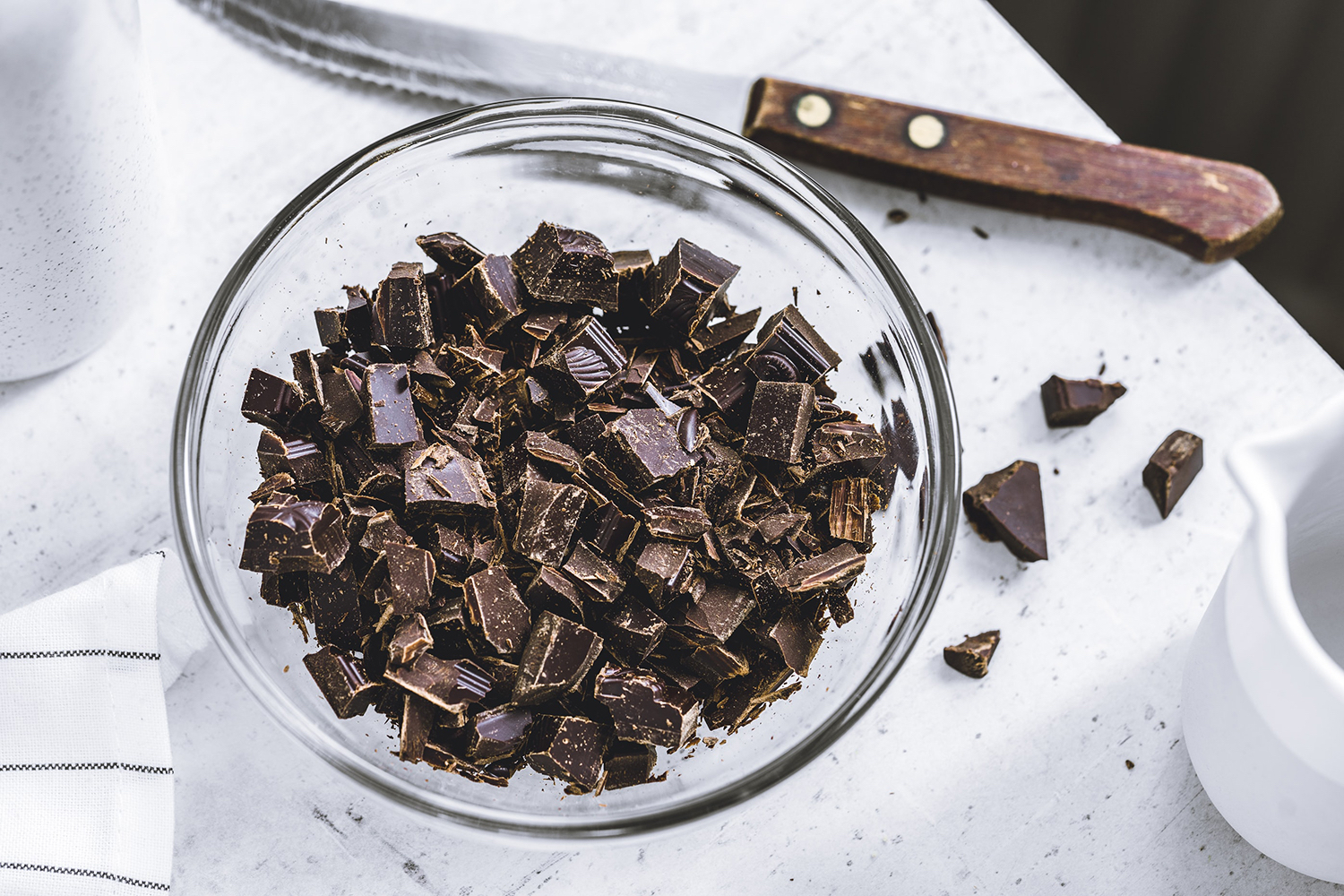
Chocolate helps normalize iron levels
Why is iron deficiency dangerous?
At first, iron deficiency usually occurs without symptoms. But if you do not replenish its reserves on time, you can provoke the development of iron deficiency anemia (18). Its main symptoms are weakness, fatigue, shortness of breath, pallor, drowsiness, loss of appetite, rapid heartbeat and headaches (19). There may be a desire to eat something inedible – chalk, clay, paper or ice. With a lack of iron, cells begin to “suffocate”, which is why many vital metabolic processes in the body are disrupted.
Iron deficiency also contributes to decreased immunity and a high risk of infections (20). It is also one of the causes of hair loss. The trace element is responsible for the delivery of oxygen to the follicles, thereby strengthening and nourishing the roots. With its deficiency, hair…
